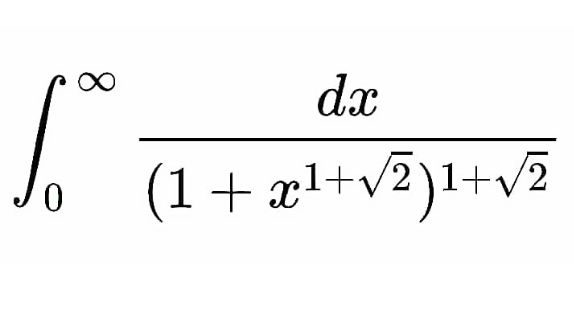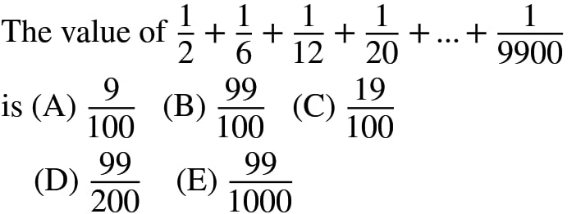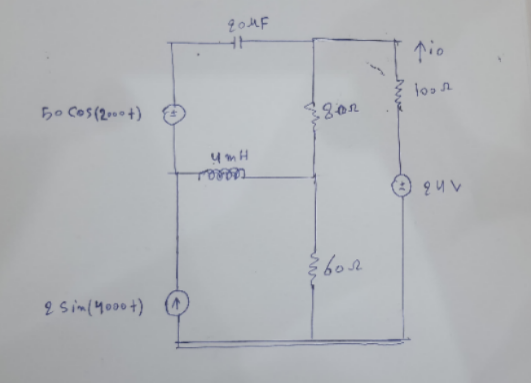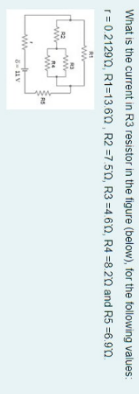
AllQuestion and Answers: Page 752
Question Number 143822 Answers: 0 Comments: 0
Question Number 144084 Answers: 1 Comments: 0
Question Number 144086 Answers: 1 Comments: 0
Question Number 144085 Answers: 1 Comments: 1

Question Number 143814 Answers: 1 Comments: 0
Question Number 143812 Answers: 1 Comments: 0
Question Number 143811 Answers: 1 Comments: 0
Question Number 143810 Answers: 2 Comments: 0
$$\:\:\:\:\int\mathrm{cos}\left(\mathrm{cosx}\right)\mathrm{dx}=? \\ $$
Question Number 144132 Answers: 2 Comments: 0

Question Number 143827 Answers: 1 Comments: 0

Question Number 143790 Answers: 0 Comments: 2
Question Number 143786 Answers: 1 Comments: 1
Question Number 143776 Answers: 1 Comments: 0
$$\mathrm{x}×\mathrm{y}''−\mathrm{y}=\mathrm{x}^{\mathrm{3}} \\ $$
Question Number 143775 Answers: 1 Comments: 0
$$\mathrm{x}×\mathrm{y}''−\mathrm{y}=\hat {\mathrm{x}3} \\ $$
Question Number 143774 Answers: 1 Comments: 2
Question Number 143783 Answers: 4 Comments: 0
Question Number 143781 Answers: 3 Comments: 0

Question Number 143808 Answers: 2 Comments: 0

Question Number 143769 Answers: 3 Comments: 0

Question Number 143766 Answers: 1 Comments: 1
Question Number 143765 Answers: 1 Comments: 0
Question Number 143764 Answers: 1 Comments: 0
Question Number 143763 Answers: 0 Comments: 0
Question Number 143758 Answers: 0 Comments: 1

Question Number 143755 Answers: 1 Comments: 0
Question Number 143751 Answers: 1 Comments: 0

Pg 747 Pg 748 Pg 749 Pg 750 Pg 751 Pg 752 Pg 753 Pg 754 Pg 755 Pg 756
